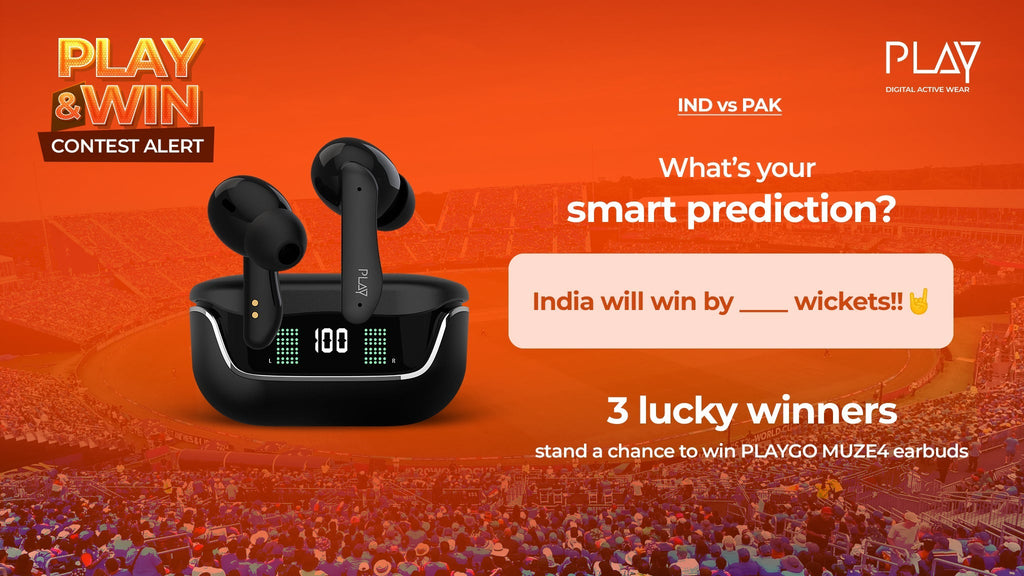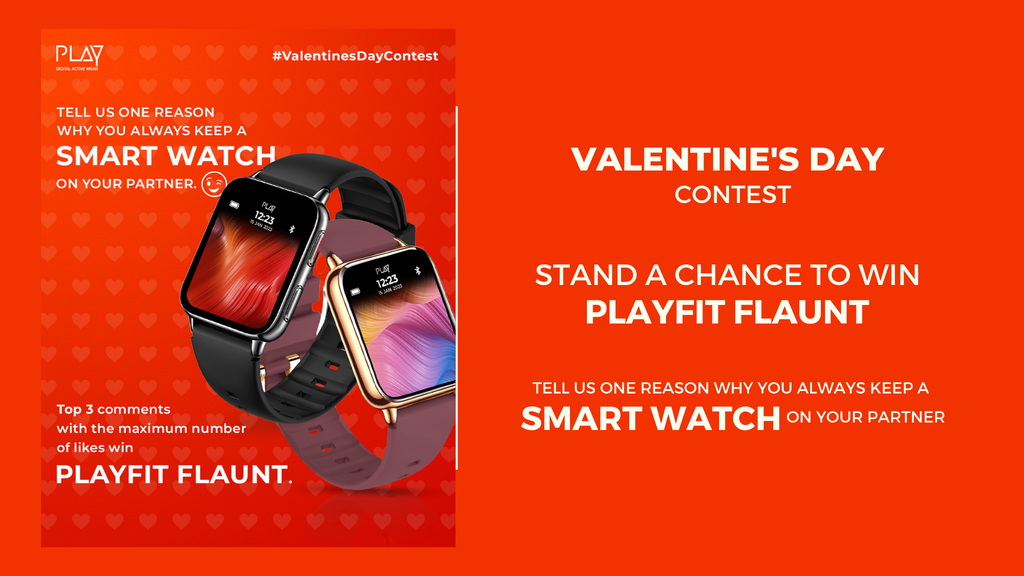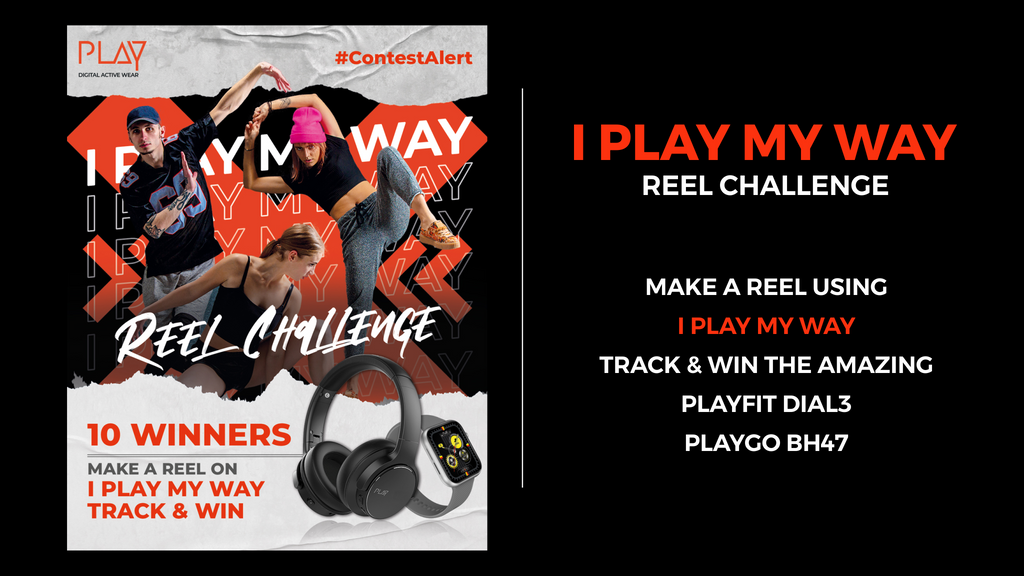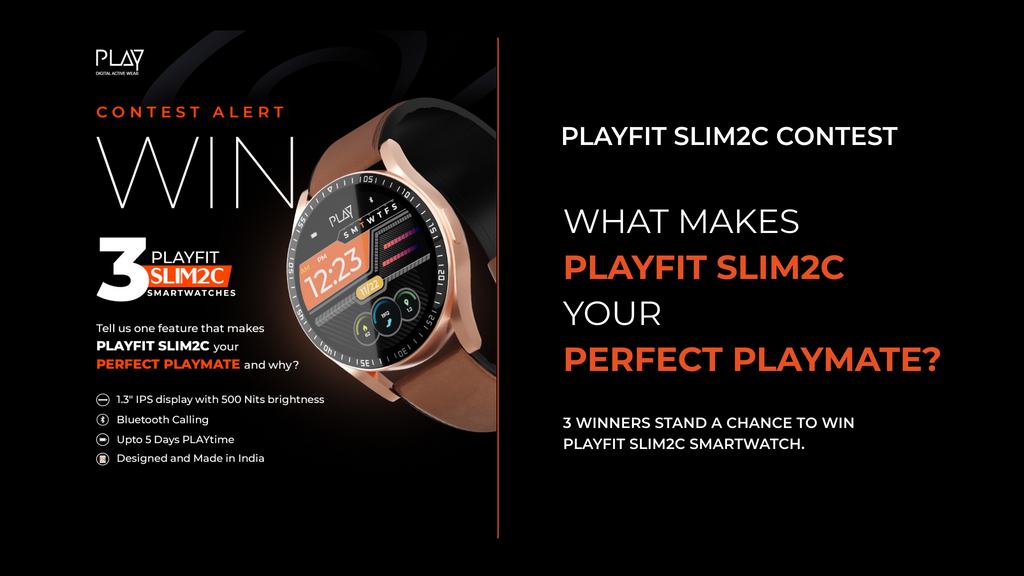

Wearable Technology: How and Why it is a Success
Wearable technology, an umbrella term used to describe electronics that can be worn on the body, has been transforming lives like little else! Today there are countless wearables available in the market that can be worn as accessories, embedded in clothing, or even tattooed on the skin.
What is Wearable Technology?
Powered by microprocessors these gadgets have the ability to send and receive data via the Internet. In fact, recent years have seen a wide variety of disruptive innovations in the world of wearable technology, although smartwatches and activity trackers remain the most popular. Understanding and leveraging the fast-expanding world of wearables is the need of the hour for many businesses.
Wearable Technology Examples
The wearables market is all set to explode with the technology becoming more accessible as well as consumers embracing it in various aspects of their life. In fact, the wearables explosion has today ventured into areas so far considered implausible. Some of them include:
- Fitness trackers that offer a whole range of functions including monitoring physical activity. The trackers, in turn, connect to an app, which offers data processing and reporting.
- Smart clothing that can track our heart rate, monitor our emotions, interact with a variety of services including various apps or even dismiss phone calls without as much as reaching out to our phones.
- Hearables, that have noise-cancelling abilities; can translate a foreign language; offer biometric tracking and more. They could well be poised to monitor when our brains are overtaxed, reduce sounds that cause us stress, and even connect to other devices around us.
- Benefits of wearable technology in education could range from easy notes-taking, enabling medical students to watch medical procedures in real-time, getting a virtual reality experience of events on the athletic field, capturing a teacher’s point of view of events including student behaviour.

PLAYFIT Fitness trackers that offer a whole range of functions
Creating Useable Wearables that Work
With the use of wearables getting ubiquitous, the role played by product developers becomes very crucial. Let’s dabble around the factors that make a wearable product a success.
1. Neuroscience in Wearables
The design of wearables is centred upon the way in which users process information while considering the product design. The designers focus on the user’s intuitive perception of the product basis his mental models. This is done by creating mental images of the user that represent the past, present and potential future. The study of these mental models allows anticipation of the action the user will undertake. This adds to the effectiveness of the design. When you look at the evolution of fitness trackers’ design, you see how user action has contributed to the overall design. The PLAYFIT devices are a classic example of this.

World of PLAY BH 70 AI-integrated Smart Headphones for seamless connectivity.
2. Contextual Use
The other aspect that has led to raging success is the contextual use of these products. It is important to understand the context in which users experience and relate to the technology as opposed to how they are supposed to use it. For example, the original Google Glass was anticipated as a consumer wearable product. However, the fact that it came in the way of face-to-face interaction that led to the user becoming socially isolated was one of the reasons for its failure. Re-focussing on more industrial applications of the product has worked far better in the product’s success. On the other hand, the PLAY GO devices integration with voice assistance is an example of a device that has been bettered with contextual use.
3. Leveraging Micro-Interactions
Complicated interactions weaken the contextual use of wearables. Instead, simple gestures and taps and a minimalist design is preferred. Offering more functions and information than what is required, in fact, goes in taking away from the user experience. Classic examples from our own roster include the PLAYGO BH 70s Auto Pause and Play, and Smart touch and Talk features.
Closing Thoughts
The future of wearable technology is clearly poised for growth, particularly as there are advances in material fabrication coupled with smaller power sources. Add to this equation rapid data exchange & IoT, what you have is a range of wearables on not just your fingertips, but also on your wrist, ears & clothes. At World of PLAY, that’s exactly what we aim for!


